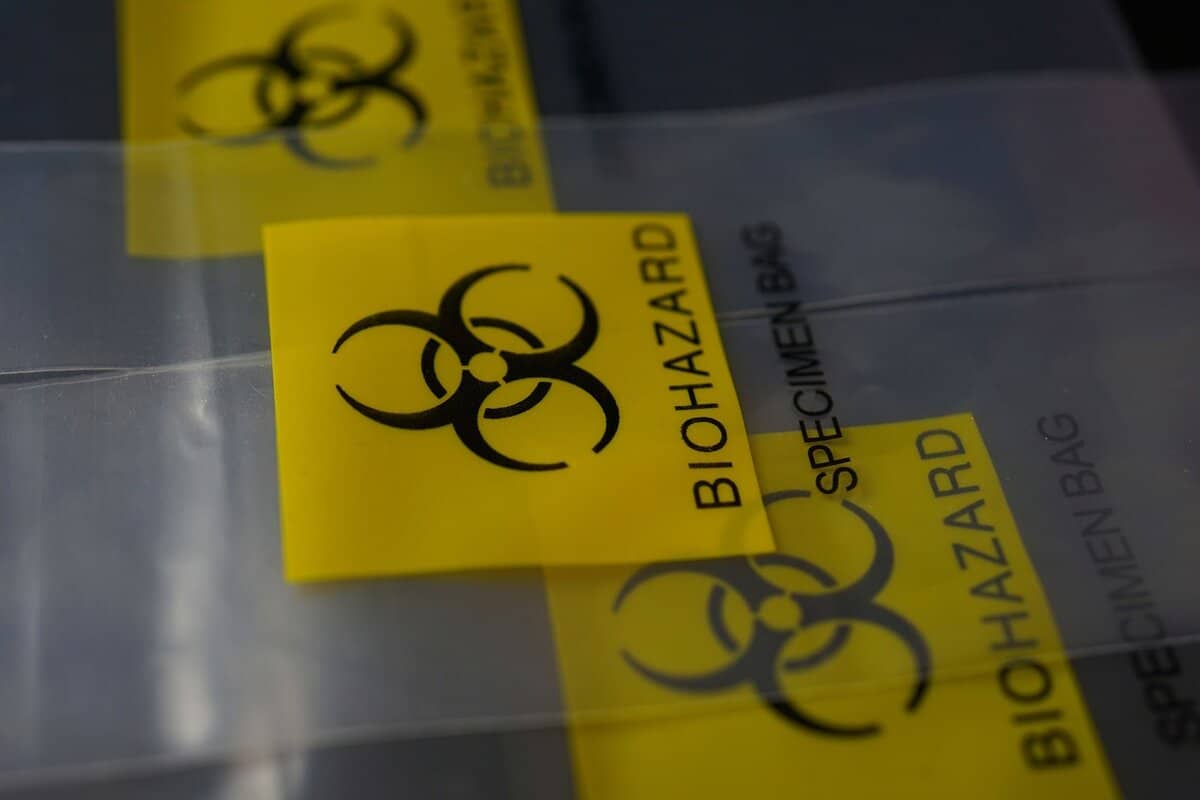
In an emergency where chemical weapons are a threat, how can you protect yourself from poisoning by deadly chemicals like ammonia and chlorine? How should one respond to a chemical attack or a biological toxin poisoning? What is the toxin poisoning first aid protocol? All of these topics will be covered in today’s article.
Attack
The intentional discharge of poisonous substances that can harm humans and the environment is known as a chemical attack.
Shortness of breath, potentially wet eyes, trembling, impairment, or lack of coordination are possible indicators of a chemical attack.
– You can spot dead or sick fish, insects, and other small animals.
What to do?
What should you do if a chemical attack occurs? Identify the impacted area or the chemical’s source as soon as possible. Moreover, try to decide which is the quickest route to clean air.
Leave the location quickly as far as you can upwind from the source. Next, if the chemical is present inside the structure, leave the building right away, trying to stay out of the area of risk. It could be preferable to relocate as far away as you can from the source if you cannot leave the building or locate clean air without passing through the contaminated place. Furthermore, use a clean cloth, like a handkerchief, to create a protective mask for yourself. Also, mind that ideally, it should be multilayered.
If you’re outside, find an unpolluted place as soon as you can. It would be a good idea to hide in a neighboring building and make a safe place there, closing all the doors, windows, and other airflow sources.
Inside the building
If you’re told to remain in your house or place of business, you should:
– Tightly shut your windows and doors.
– Shut off all ventilation holes and systems.
– Arrange a room inside and bring all your belongings and tools there.
– Cover all the holes in the room with plastic wrap and duct tape.
– To receive instructions from the officials, tune in to the radio, TV, or online channels.
Signs of intoxication
There are obvious indications of chemical contaminant use. Here’s a rundown of them:
- Eye irritation and redness.
- Burning and tingling of the skin.
- Breathing difficulties and dyspnea.
- Loss of coordination.
- A sensation of burning in the respiratory tract.
- You can notice animal, insect, and bird deaths.
Decontamination
You have to get rid of all you wear immediately and head to the shower right away if you suspect you may have been exposed to contaminants. When assisting someone who has been exposed to chemicals, proceed with precautions.
Everything that comes into contact with your body, including clothing, should be taken off. Remove any clothes that are typically taken off over the head to prevent potential chemicals from entering your mouth, nose, and eyes.
In addition, pack infected items, including clothing, securely inside a plastic bag. Take off your contact lenses or eyeglasses. Further, rinse your eyes with water after washing your hands thoroughly. Finally, if at all feasible, get in touch with a medical center for a checkup and expert care.
Treatment
The affected person must be removed from the exposure source, and any contaminated clothing must be disposed of first. Also, the course of treatment will be supportive and symptomatic, helping to maintain heart and blood circulation. In addition, if required, take pain relievers and antibiotics. Avoid making someone throw up. Offer the patient some clean water or milk to drink.
Follow the safety rules. First and foremost, when putting on a mask, if one is available, hold your breath. Put on safety gear and a respirator. Put on safety rubber gloves as well. We hope these rules will help you in difficult situations. Stay safe!




